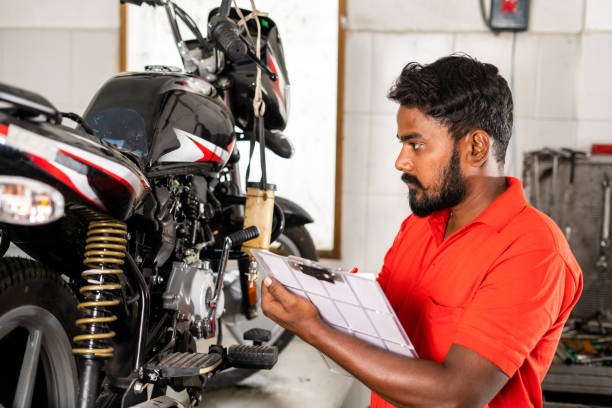Experiencing a burst pipe and subsequent water damage can be overwhelming, but prompt and effective emergency response is crucial to minimize harm and restore safety. The first step in handling such an incident is to quickly locate the main water shut-off valve and turn it off. This action stops the flow of water, preventing further flooding and reducing potential structural damage. If the source of the leak is visible, shutting off localized valves may also help control the situation temporarily until professional assistance arrives.
Once the water supply has been cut off, it is important to assess any immediate electrical hazards. Water conducts electricity, so turning off power at the circuit breaker or fuse box can prevent electric shock or fire risks. Avoid touching wet appliances or outlets until you are certain that electricity is safely disconnected. Safety should always come first when dealing with water damage emergencies.
After ensuring safety measures are in place, removing standing water as soon as possible helps limit long-term issues like mold growth or wood rot. Using mops, towels, buckets, or a wet/dry vacuum facilitates this process if conditions allow for safe access to affected areas. Opening windows and doors promotes air circulation which aids drying efforts but be cautious about weather conditions that could introduce more moisture inside.
Documenting damage through photographs or videos before cleanup begins serves multiple purposes including insurance claims and repair planning. Contacting your insurance company promptly ensures you understand coverage details related to burst pipes and resultant damages. They often provide guidance on approved restoration services which can expedite recovery while avoiding unexpected out-of-pocket expenses.
Calling a licensed plumber immediately after controlling initial flooding addresses underlying causes such as pipe deterioration or freezing issues that led to bursting. Professional plumbers diagnose problems accurately using specialized tools and recommend permanent repairs rather than temporary fixes which might fail later under pressure.
Engaging with certified water damage restoration experts enhances recovery outcomes by employing advanced drying equipment like dehumidifiers and air movers designed for thorough moisture removal from walls, flooring materials, carpets, and furniture surfaces. These specialists also treat affected zones with antimicrobial agents to inhibit mold formation-a common complication following prolonged exposure to dampness.
In addition to technical interventions, maintaining clear communication among household members during emergencies reduces panic while coordinating response actions efficiently minimizes property loss risk altogether. Preparing an emergency kit containing essential supplies such as flashlights, batteries, waterproof gloves, plastic sheeting for containment efforts along with contact numbers of trusted service providers ensures readiness for unexpected plumbing failures.


